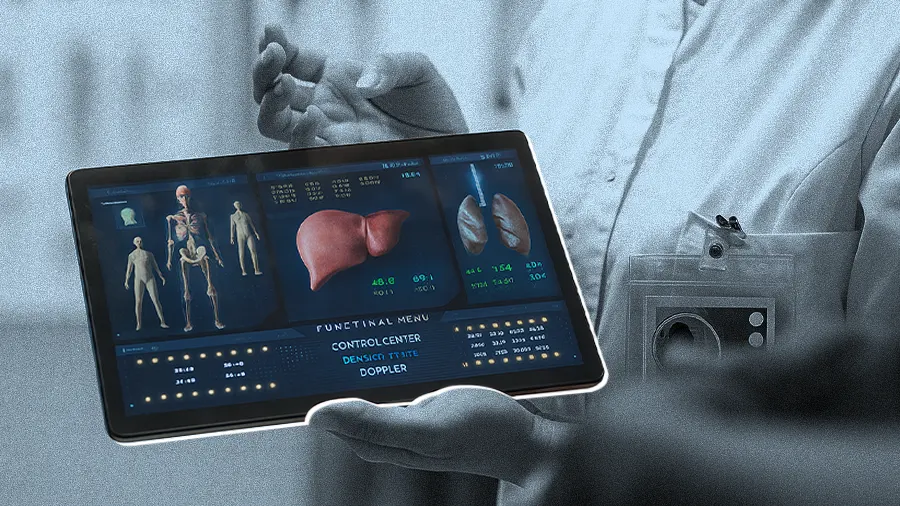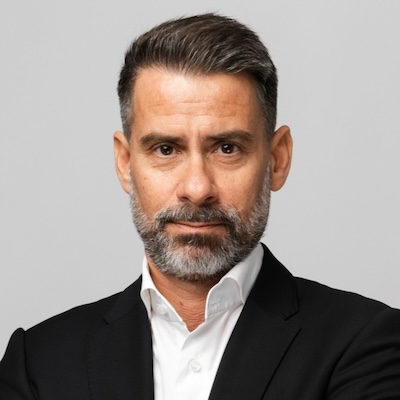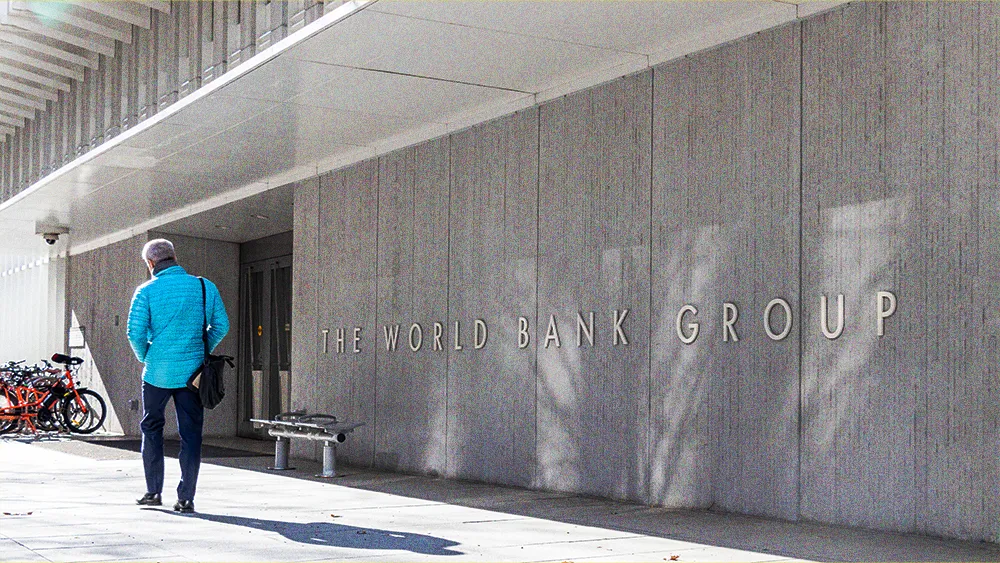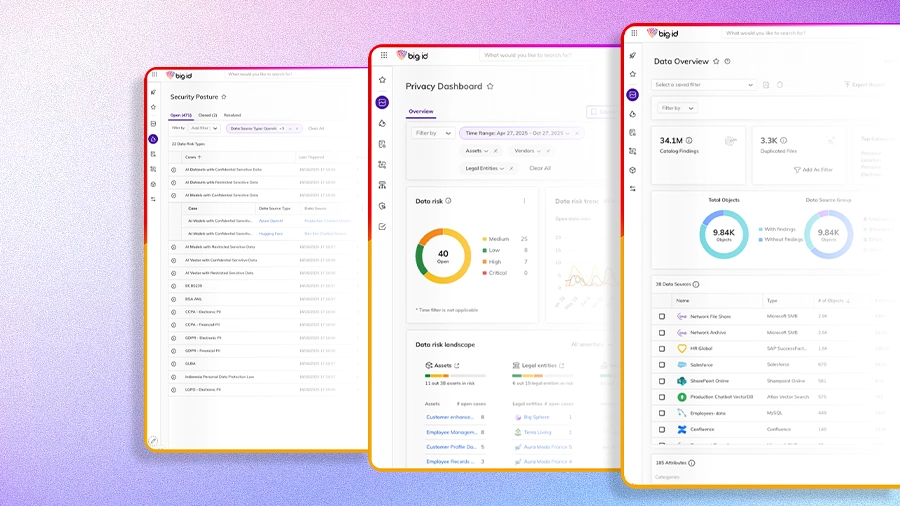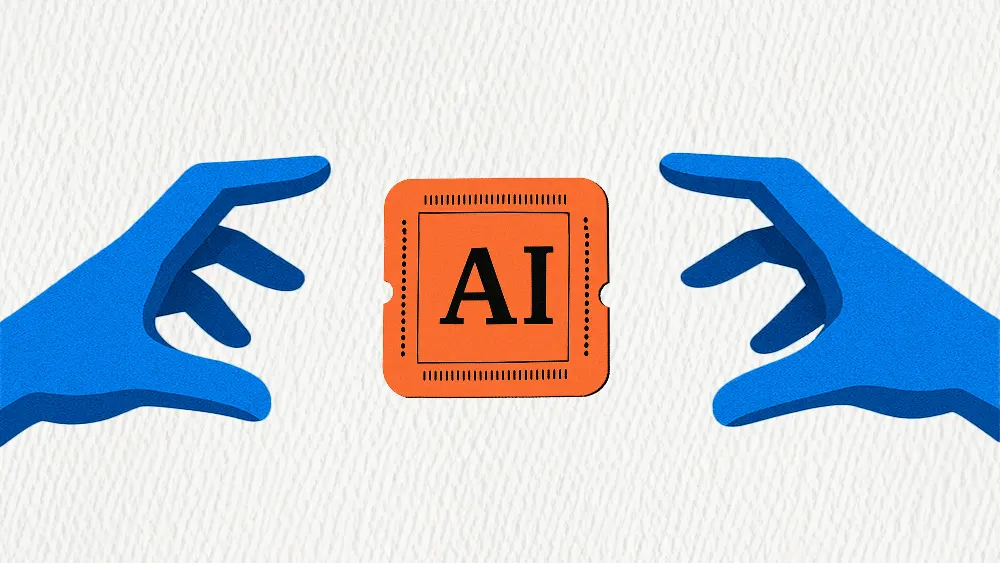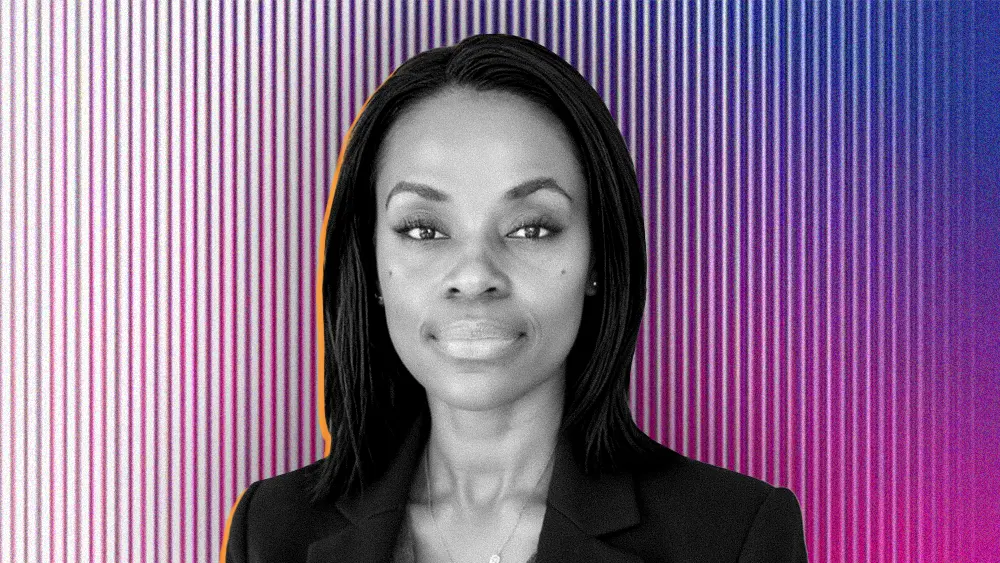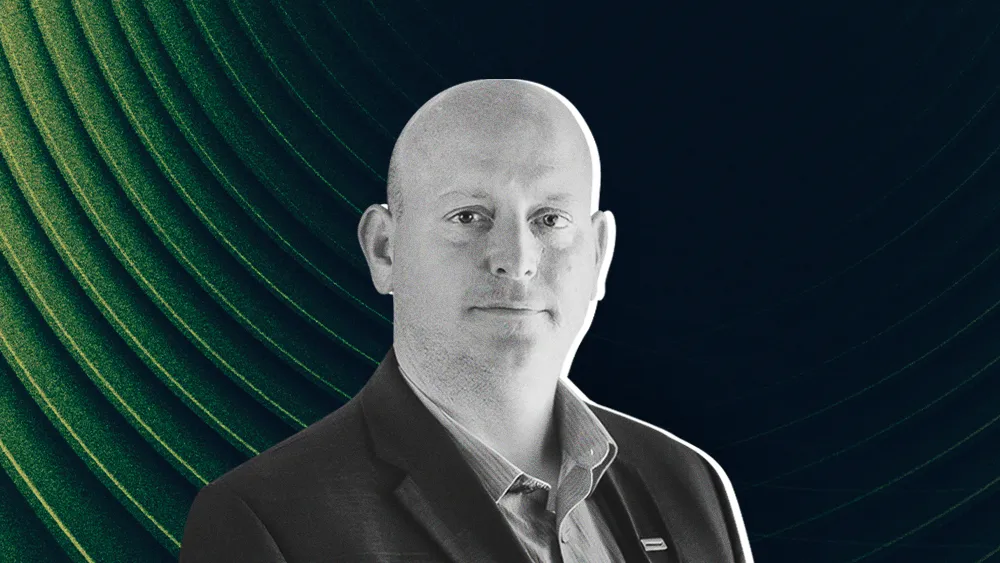The slow pace of innovation is clashing with AI in healthcare. Despite the promises that it would transform the industry forever, AI is instead drawing attention to foundational challenges. Now, some AI healthcare experts say the moment is right for the sector to reconsider what the technology is and how it should be managed.
We spoke with Dr. Dimitrios Kalogeropoulos, Chief Executive of the Global Health & Digital Innovation Foundation. With a PhD in Artificial Intelligence in Medicine and over three decades of experience, Dr. Kalogeropoulos is a key player shaping global health policy. The problem is that healthcare governance hasn't kept pace with technological advancements, he said.
The misunderstanding gap: For many organizations, the failure to adapt often stems from a fundamental misunderstanding of AI, Dr. Kalogeropoulos said. "AI is not a thing. It's a concept. For years, we treated AI as if it were a product in a box, but foundation models came and shook the whole thing up. In Europe, the EU AI Act, which is a risk-based act, was on a clear path until we suddenly saw a massive twist toward governing this new general-purpose artificial intelligence."
Now, a persistent skills gap is compounding the issue, Dr. Kalogeropoulos said. Most healthcare professionals lack the training to integrate modern technology governance with the industry's clinical and regulatory frameworks. Historically, the origin of these consequences can be traced back to the industry's lag. Digital health was often treated as a simple data entry exercise until its formal recognition by the World Health Organization in 2018, for example.
The social innovation model: To bridge this gap, Dr. Kalogeropoulos advocated for a paradigm shift toward "social innovation," a concept he aptly described using an analogy from consumer technology. "Think of Apple's jailbreak era. That was social innovation. Users found cracks in the operating system and developed their own software. Through that process, the company effectively allowed society to co-develop the next generation of its product. In health care, however, we systematically fail to create that kind of open, ecosystem-driven innovation."
A feature, not a bug: The slow pace of innovation has become an inherent feature of clinical medicine today, Dr. Kalogeropoulos said. First, he pointed to a professional culture that rewards guarding information. "In healthcare, a surgeon who develops a procedure that cuts operating time by 50% has no incentive to share it. That's their intellectual property. The system is built around these clinical leaders, each with their own teams and preferences, down to the operating theater. But management won't challenge them because the hospital depends on them to function smoothly. That's siloing."
Beyond culture, the structured nature of medical research inevitably creates silos, he said. "The very process of creating evidence is siloed. A randomized controlled trial is compartmentalized by default to ensure the results are accurate. Because medicine is a highly regulated profession, liability is a constant factor. That liability requires a controlled environment where everyone is accountable, which forces you to compartmentalize."
The upstream of healthcare: The diagnosis of a "downstream" world of clinical medicine is what led to the doctor's prescription for change: moving into the domain of public health. "The opportunity is in what I call the 'upstream of healthcare,' or prevention and primary care. This is where we deliver resource efficiencies by focusing on how the system manages disease for entire populations, rather than only on how individual clinicians work. It is in this space that we can finally stop the silo effect, and where AI becomes truly meaningful."
A force for equity: This is where AI can become a transformative force for healthcare, Dr. Kalogeropoulos. "Deploying AI in the public health space allows us to scale evidence across truly diverse populations, including people of different races, genders, and socioeconomic backgrounds. We can capture their lived experience to make the AI responsible. This produces evidence that everyone can use and creates a trigger effect, allowing innovation to flow downstream into clinical care. It's a big social experiment, and it's a one-way street."
Ultimately, a new model of social innovation will be necessary for responding to complex global challenges, Dr. Kalogeropoulos concluded. Climate change, for instance, increasingly presents problems like migrating diseases and pollution-driven illnesses that require an "upstream" public health approach. Here, AI can analyze vast, interconnected datasets to create new, preventative solutions for entire populations. "In this sense, AI allows us to govern research, learning, and innovation in entirely new ways. It won't just make health care better. It can reshape how society itself approaches health."


